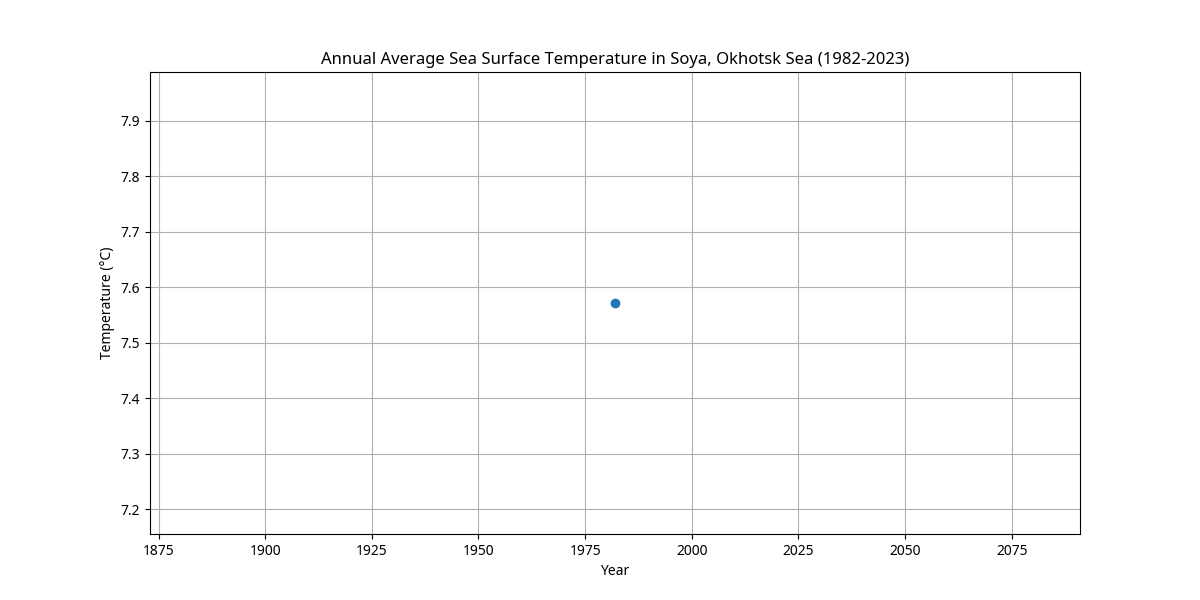Catching the Climate Wave: Hokkaido's Evolving Seafood Scene (Part 1: The Shifting Seas)
- UmamiList

- Oct 6
- 2 min read
Hokkaido, Japan's northernmost island, has long been celebrated as a culinary paradise, especially renowned for its abundant and diverse seafood. From succulent salmon to delicate squid, the island's cold, nutrient-rich waters have historically yielded a bounty of marine treasures. However, a significant shift is underway beneath the waves, driven by the undeniable impact of global warming.
catching-the-climate-wave-hokkaido-s-evolving-seafood-scene-part-1-the-shifting-seas

## The Warming Embrace of Hokkaido's Seas
Recent decades have seen a noticeable increase in sea surface temperatures around Hokkaido. Data from the Japan Meteorological Agency, for instance, shows a clear warming trend in coastal areas like the Soya Okhotsk Sea. This gradual but persistent rise in temperature is altering the marine environment, creating new habitats for some species while making conditions less favorable for others.

## New Arrivals: Warm-Water Species Thrive
As the waters warm, species traditionally found in warmer southern seas are migrating northward and establishing themselves in Hokkaido. The most prominent example is **Buri (Yellowtail)**. Once a rarity, buri catches in Hokkaido have surged dramatically, transforming it into a new local specialty. Similarly, **Sawara (Spanish Mackerel)**, another warm-water fish, is becoming increasingly common in Hokkaido's waters.

These newcomers are not just changing the marine ecosystem; they are also opening up new culinary possibilities and challenging traditional perceptions of Hokkaido seafood.
## Fading Favorites: A Decline in Cold-Water Species
Conversely, the warming trend poses a serious threat to Hokkaido's iconic cold-water species. **Sake (Salmon)**, a symbol of Hokkaido's autumn, has seen significant declines in catch volumes. The changing ocean conditions are believed to affect their migration patterns and spawning grounds. Similarly, **Sanma (Pacific Saury)** and **Ika (Squid)**, once staples of Hokkaido's fisheries, are experiencing reduced catches, impacting local economies and traditional diets.
This shift presents both challenges and opportunities for Hokkaido's fishing industry and its vibrant food culture. While some traditional catches are dwindling, the emergence of new species offers a chance to innovate and adapt.
Stay tuned for Part 2, where we'll explore how Hokkaido is embracing these changes, creating exciting new gourmet experiences, and striving for sustainable tourism in a changing climate.


Comments